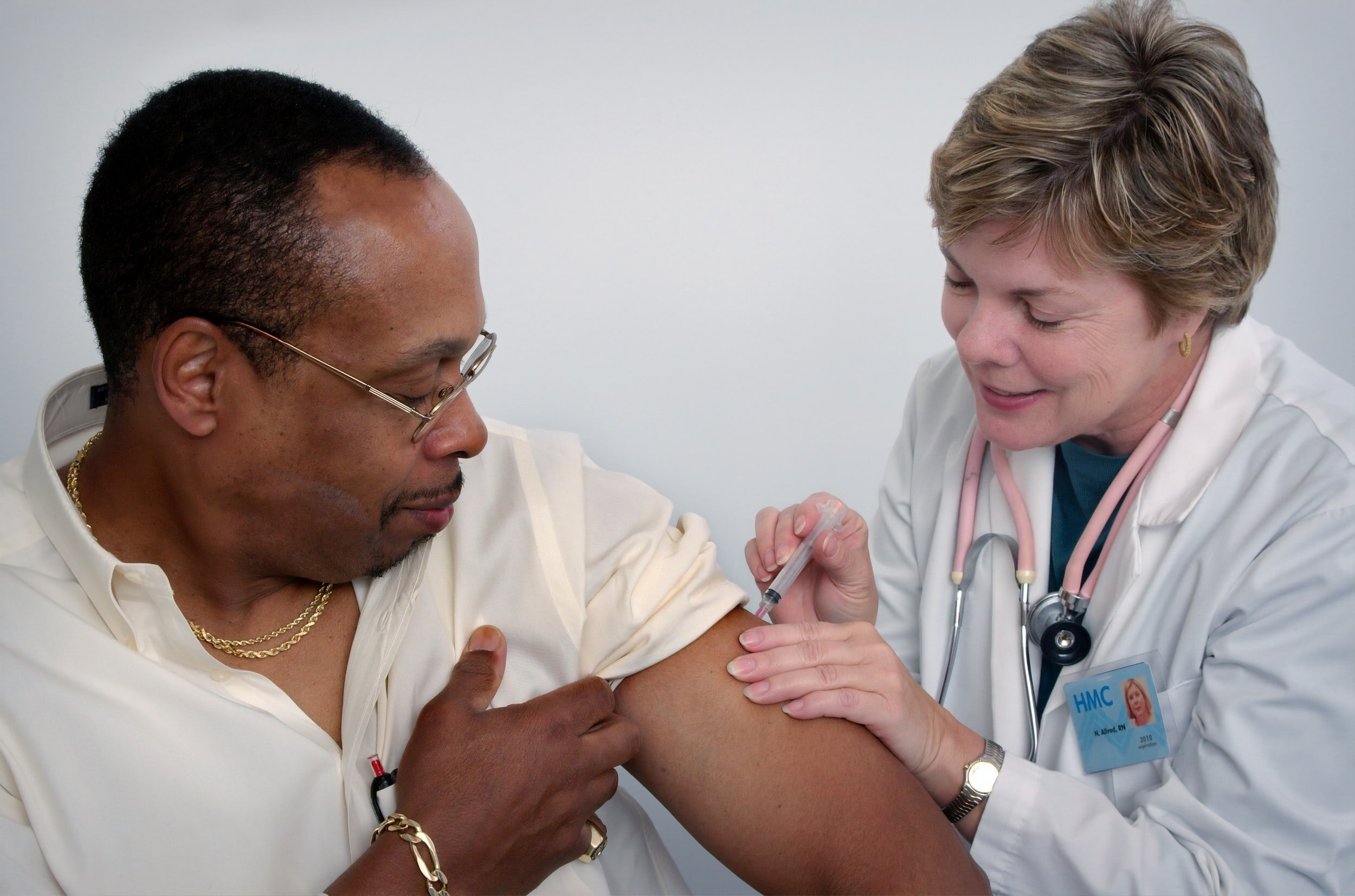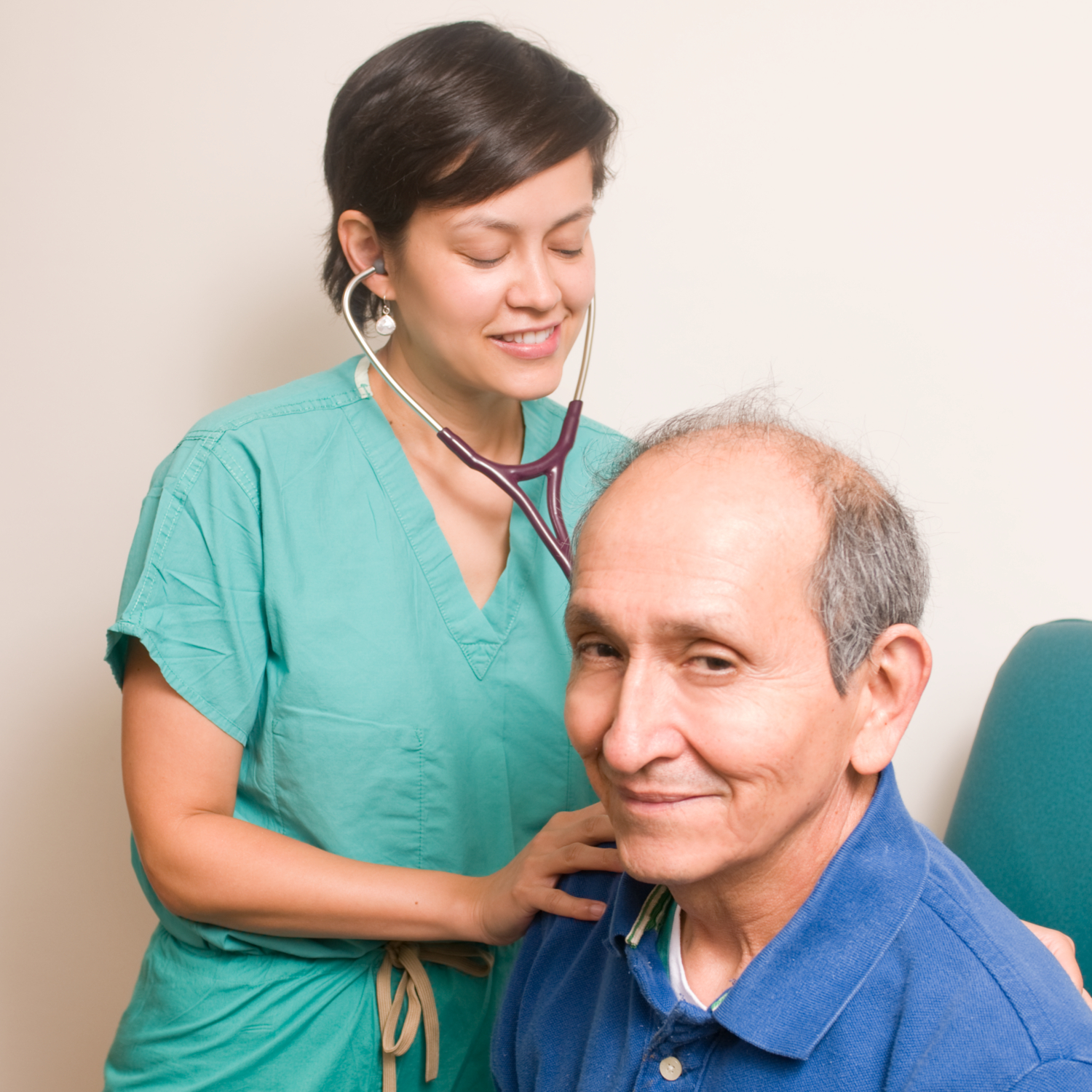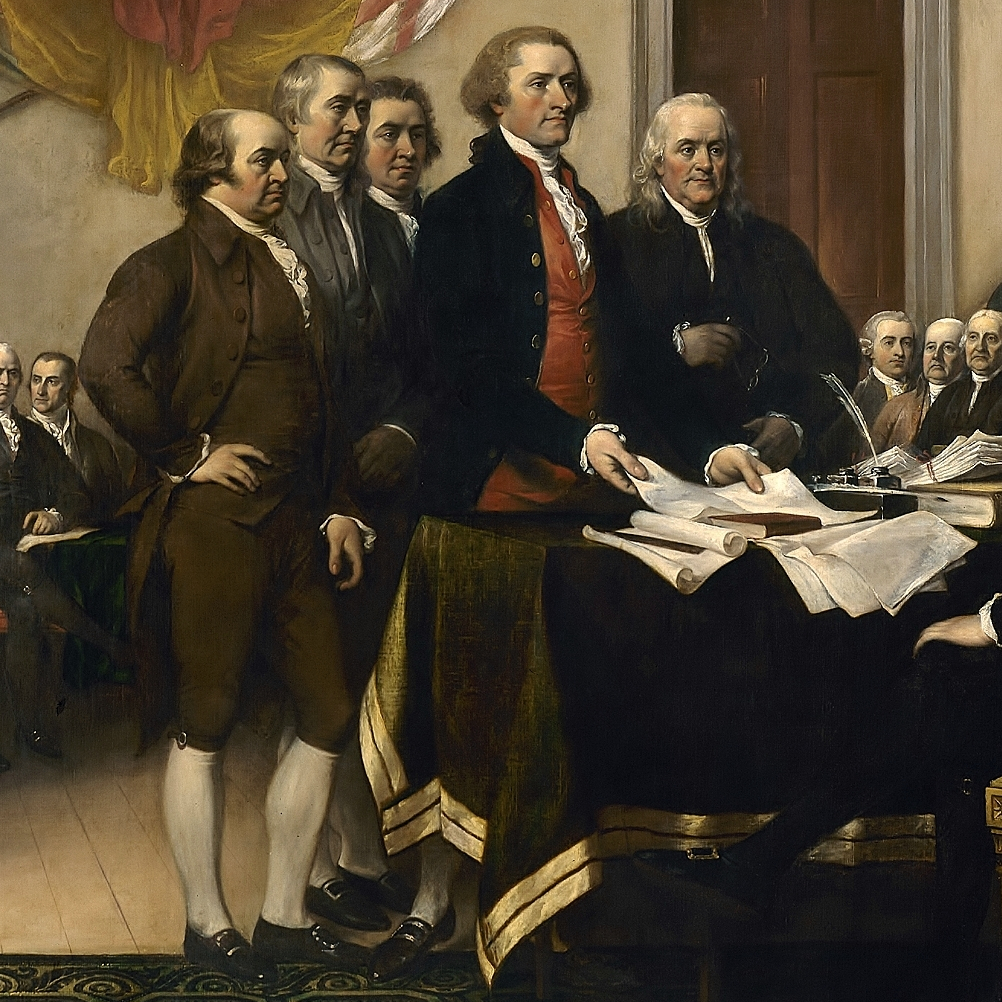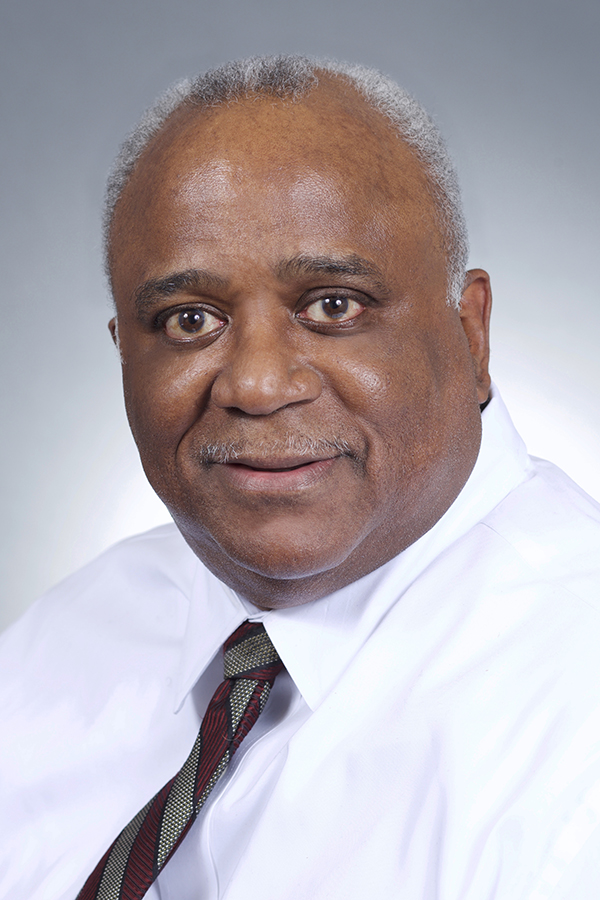Changes to Medicare Part B Pose Risk to Rural Minorities
Posted December 20, 2012
By Gary A. Puckrein
Published On Roll Call
Living in rural America has many advantages — cleaner air, lower-cost housing, and peace and quiet are just a few of them. But access to health care is not one of the benefits of being on the frontier.
Rural residents are more likely to be uninsured or underinsured, to develop chronic illnesses and to have trouble finding qualified doctors than residents of urban areas.
Minorities in rural areas are at even greater risk. They’re more likely than their white neighbors to be obese and to have diabetes. And they’re more likely to be poor. Roughly three-quarters of our nation’s high-poverty rural counties are home to predominantly racial and ethnic minorities. Specifically, 47 percent of these counties are African-American, 17 percent are Hispanic and 9 percent reflect low-income American Indians.
Several articles have reported that Part B cuts could be part of the fiscal cliff deal once lawmakers figure out what programs to trim. If that passes, rural Americans suffering from serious illnesses such as cancer, multiple sclerosis and rheumatoid arthritis may have to travel further or be unable to get the medical care they need.
At issue is the way that doctors are reimbursed for drugs delivered to patients covered by Medicare Part B. These medications must be administered in doctors’ offices because dispensing them requires a physician’s expertise.
At present, doctors buy the drugs, administer the drugs to patients, and then bill Medicare and other payers. Medicare remits the “average sales price” for the drug plus an additional 6 percent. That extra 6 percent helps to cover the special costs for handling such advanced drugs, such as highly trained staff, shipping fees, secure storage and other overhead expenses.
Read Full Article
Enjoy This Post? Read More Articles Below











